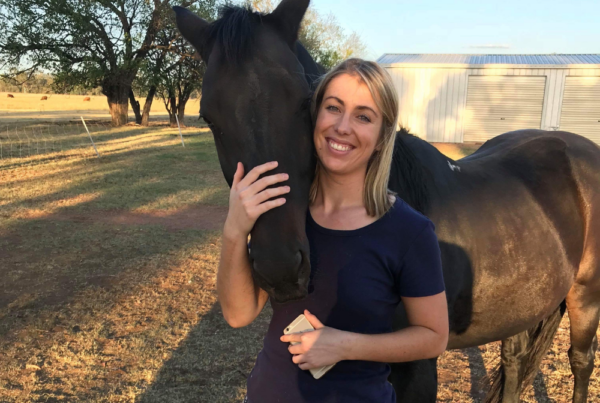
While a summer of bushfires has been followed up with recent rain and flooding – it’s not enough to break the worst drought seen in country Australia.
In the three years to January 2020, approximately 33 per cent of Australia and 96 per cent of New South Wales had serious or severe rainfall deficiencies. In the most affected regions, rainfall over the past three years was around half the long-term average.
Since September 2019, the country has been battling the worst wildfires in decades, exacerbated by a prolonged drought and record temperatures. More than 44 million acres of bush and forest was burnt, at least 28 people died, and 89 homes were destroyed in the bushfires now known as ‘black summer’.
CEF acknowledges the plight of bushfire-ravaged areas which fall within our footprint including the Shoalhaven, Braidwood, Kangaroo Island, Snowy Monaro, Great Lakes and Hastings communities.
It’s times like these when we remember why we do what we do: to help those we can in times of need.
READ MORE: CEF supports bushfire-ravaged communities
CEF has reached out to assist our communities in ways we can during these horrific events.
CEF Macleay Valley originally closed their grant applications at the end of November, but reopened applications as people were losing homes in their area. Harden District Education Foundation and CEF Walgett have donated funds to Braidwood and District Education Foundation and Kangaroo Island Country Education Fund (KI CEF) to boost their giving capacity.
“We felt our community had been spared any damage from bushfires and would like to provide financial assistance to other foundations. We hope that our donation will assist students in areas which had been severely affected by the recent bushfires,” Harden’s chair Charlotte Middleton said.
KI CEF committee member Pierre Gregor says while the media painted a bleak picture of bushfire devastation that included half of Kangaroo Island burning, the loss of two lives and 80 homes; there is still over 250 kms of stunning, untouched coastline and about 2400 sq. kms of unburnt island with accommodation providers, cellar doors and farmgate experiences waiting for trade.
Pierre chairs the KI CEF grants and fundraising sub-committees and the Kangaroo Island Food, Wine and Berry Association. He also sits on the Island’s Recovery Committee.
“The peak period for tourism on the island is a distant memory. We’re now experiencing cancellations for March and April and up until October. Businesses rely on this seasonal cashflow for the year ahead. That’s still a direct impact of the fires that’s going to be felt for a while,” he said. “With the little rain we have had, the native bush is already in regrowth and offers visitors a special experience in itself.”
Almost half of the Island’s residents are employed in either tourism or agriculture. Pierre said the tourism industry will bounce back, but it’s the agricultural sector that will take a bit longer to recover. “Community response is amazing in the way of everyone coming together to help each other and so was the mainland,” he said. “The significantly reduced cash flow makes the support provided by KI CEF even more important.”





Recent Comments